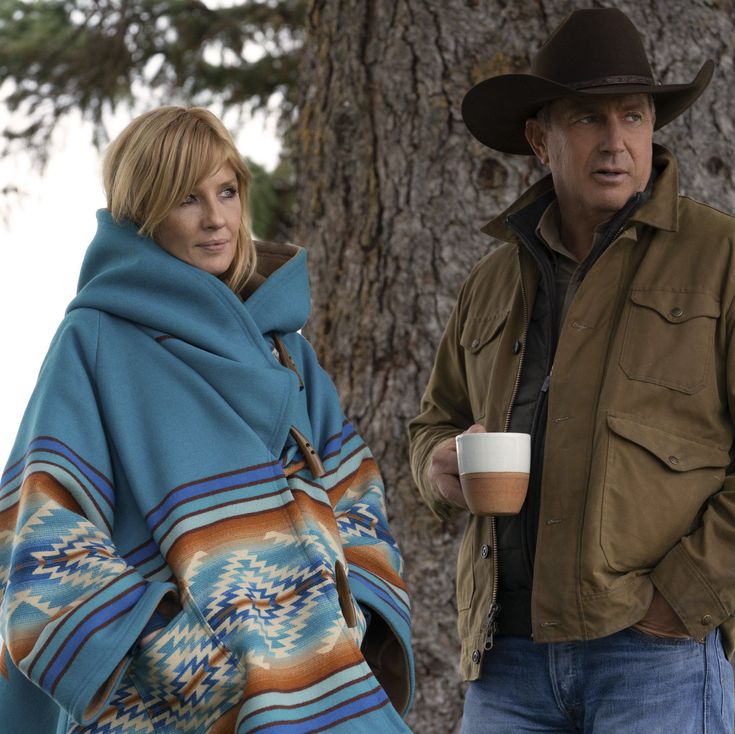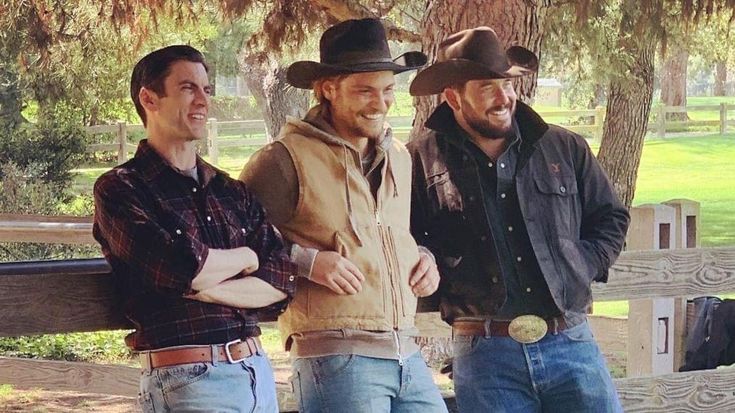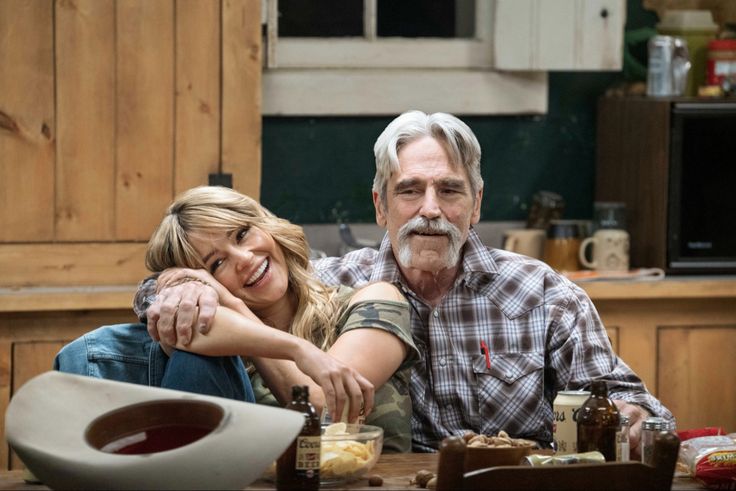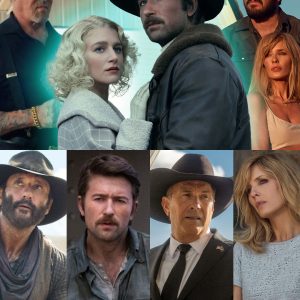
When the final credits rolled on the hit series Yellowstone, fans everywhere felt the sting of goodbye. But while the show has ended, the ripples of its influence are far from over. In fact, Yellowstone has done more than entertain millions—it’s reshaped perceptions, economies, and environments across the American West, often in ways no one saw coming.
If you think this is just another TV drama about ranchers and land wars, think again. This article dives deep into how Yellowstone’s legacy continues to shape the West—and why that legacy isn’t all sunshine and wide-open skies.

What Made “Yellowstone” So Popular?
First off, let’s get why Yellowstone captured hearts worldwide. It’s got rugged cowboys, sprawling landscapes, family drama, and high-stakes land battles. Combine that with Kevin Costner’s star power, and boom—you’ve got a recipe for addictive TV.
But the show also painted a very specific picture of the West—raw, untamed, and steeped in tradition. This romanticized version? It hooked viewers but also planted some misconceptions.
The Myth vs. The Reality of the Modern West
How TV Shapes Our Ideas About Places
Ever notice how TV shows can shape your view of a place you’ve never visited? Yellowstone gave many people their first “real” look at the West. Unfortunately, it blurred lines between fact and fiction.
The Rugged Cowboy Stereotype
Yellowstone leans hard into the cowboy-as-hero archetype. While that’s iconic, it sidelines the diversity and complexity of real Western communities.
The Surge in Tourism: Boom or Bust?
Yellowstone’s Final Season and Tourist Frenzy
Right after the show blew up, tourists flooded into Montana and Wyoming, hoping to see the “real” Yellowstone country. While that sounds great for local economies, there’s a catch.
Overcrowding and Environmental Strain
More visitors mean more cars, litter, and wear on fragile ecosystems. Local parks and small towns have struggled to keep up with the demand, risking the very beauty that draws people in.
Ranching and Land Use Conflicts Exposed
The Show’s Portrayal of Ranchers
Yellowstone glamorizes the battle to hold onto family land, portraying ranchers as defenders against outside threats. But in reality, land disputes in the West are more complicated and involve multiple stakeholders.
The Impact on Indigenous Communities
One glaring omission? The limited focus on Native American tribes and their ongoing land rights struggles. This oversight shapes public perception in a way that erases Indigenous voices.
Economic Changes Triggered by the Show
Local Business Boom
Many small businesses have benefited from the influx of Yellowstone-inspired tourists. Gift shops, local diners, and tour operators are thriving.
Cost of Living and Housing Issues
But with the boom comes higher housing costs and more competition for resources. Some locals feel squeezed out of their own communities.
Environmental Consequences Behind the Glamour
Wildlife Disruption
Increased human activity disrupts migration patterns and habitats of native species.
Water Use and Land Degradation
Ranching and tourism demand water, straining local supplies and causing erosion and pollution in delicate landscapes.
The Cultural Impact: How “Yellowstone” Changed Western Identity

Reviving Western Pride
On one hand, the show revived interest and pride in Western heritage and lifestyles.
Perpetuating Outdated Narratives
On the other, it often clings to outdated ideas of masculinity, land ownership, and conflict, ignoring more progressive or inclusive stories.
The Role of Social Media in Spreading Yellowstone’s Influence
Fans don’t just watch the show—they share photos, travel tips, and memes online. This viral spread amplifies the show’s impact exponentially.
What Locals Are Saying
Voices from the West
While tourists love the show, some locals have mixed feelings—proud of the spotlight but wary of the consequences.
Is There a Way to Enjoy “Yellowstone” Responsibly?
Promoting Sustainable Tourism
Visitors can help by supporting eco-friendly tours and respecting local rules.
Supporting Local Communities
Choosing local businesses and learning about the real culture behind the show helps maintain authenticity.
What’s Next for the West After “Yellowstone”?

The show may be over, but the conversation about the West’s future is just getting started. Balancing preservation, growth, and cultural respect is the challenge ahead.
Conclusion: The Complex Legacy of “Yellowstone”
Yellowstone wasn’t just a TV show; it was a cultural phenomenon that reshaped how the world sees the American West. While it brought economic opportunities and revived interest in Western lifestyles, it also introduced challenges—environmental strain, cultural oversimplification, and social tensions. The damage is real, but so is the potential to learn from it and forge a more balanced, respectful future for the West.





